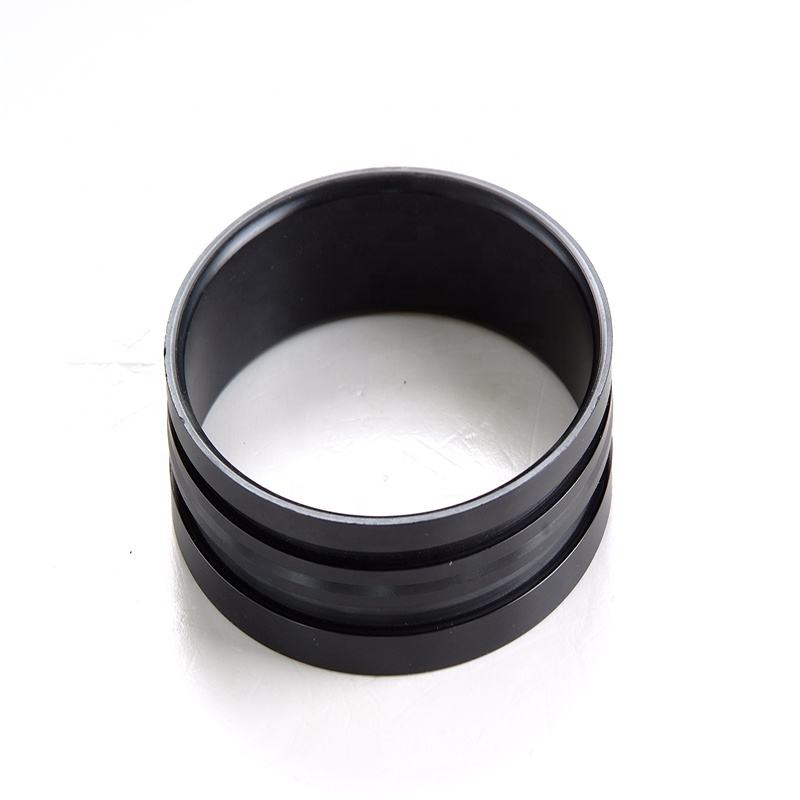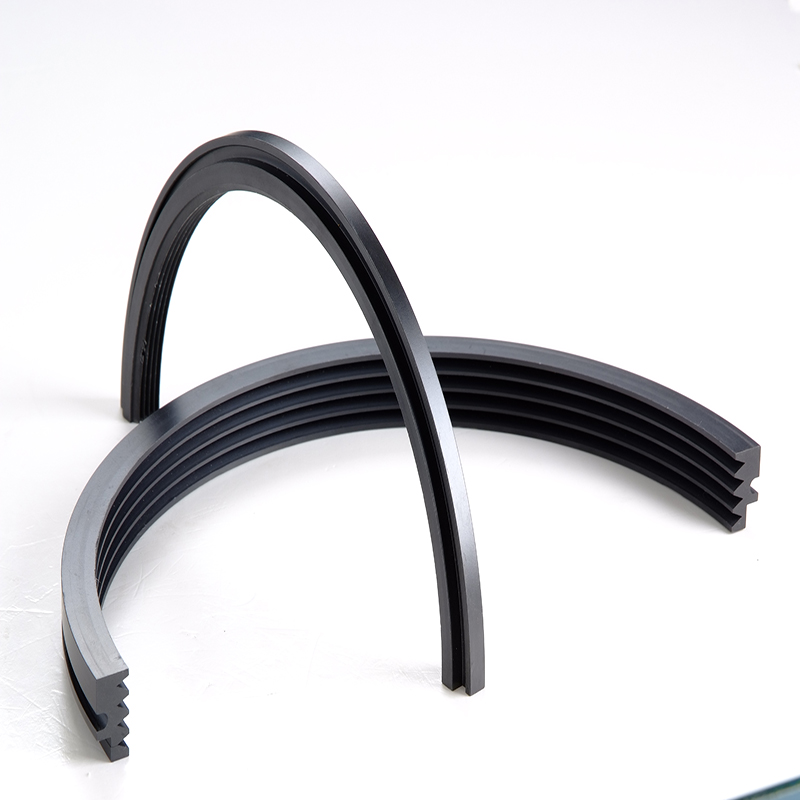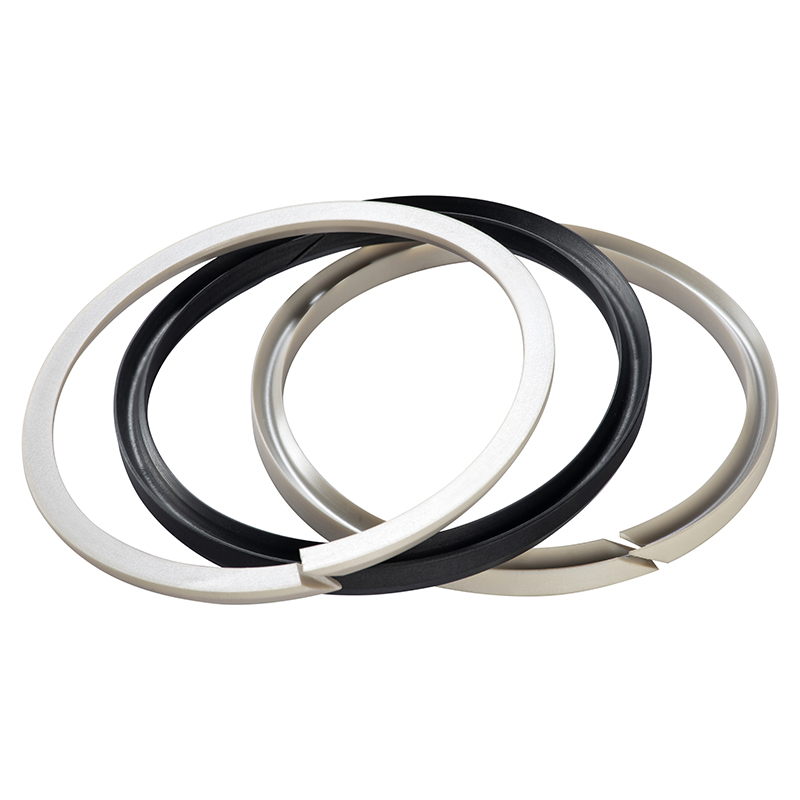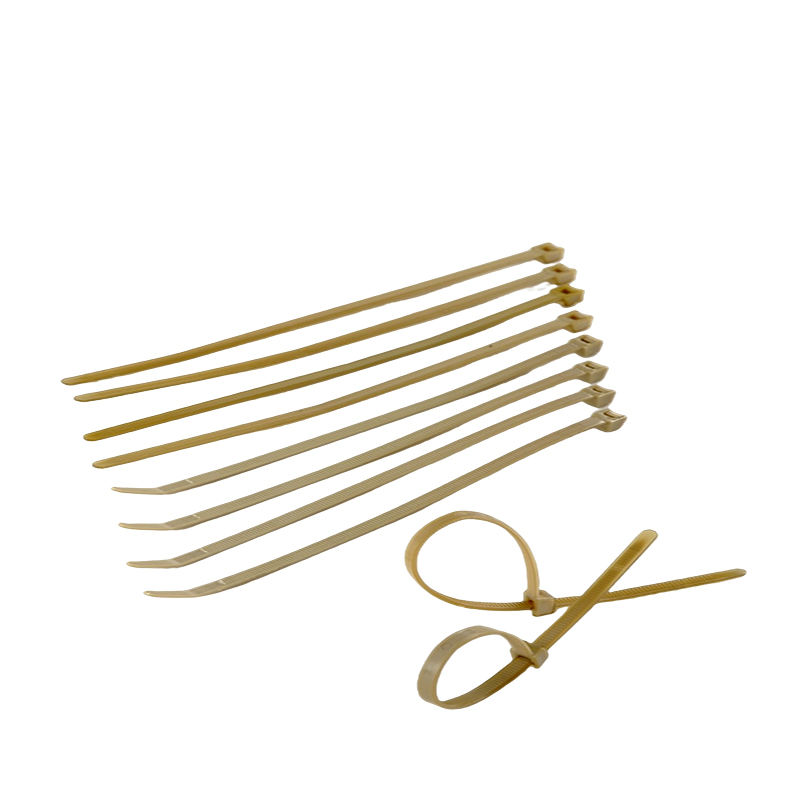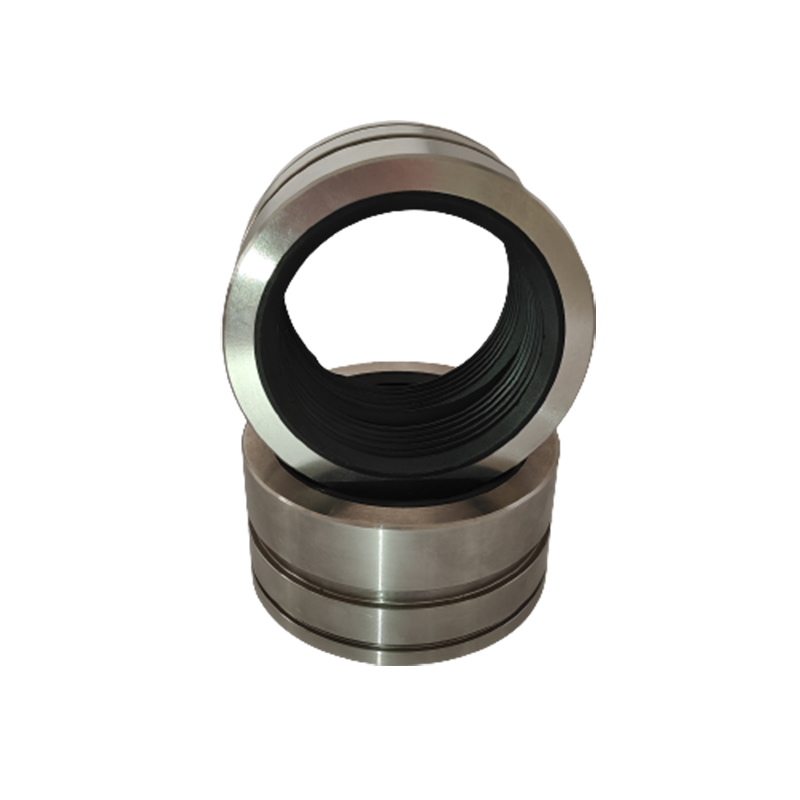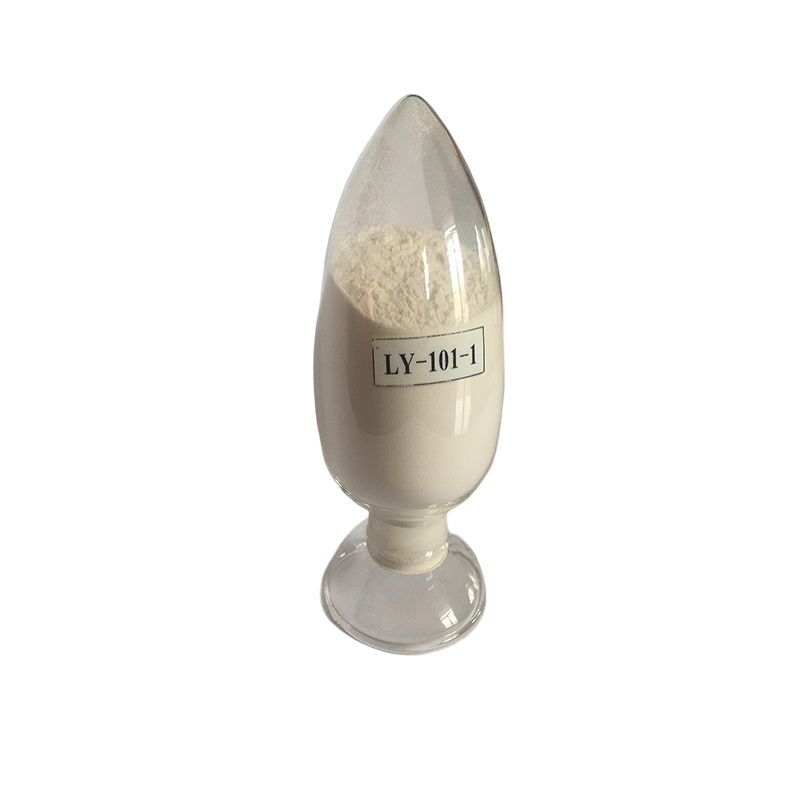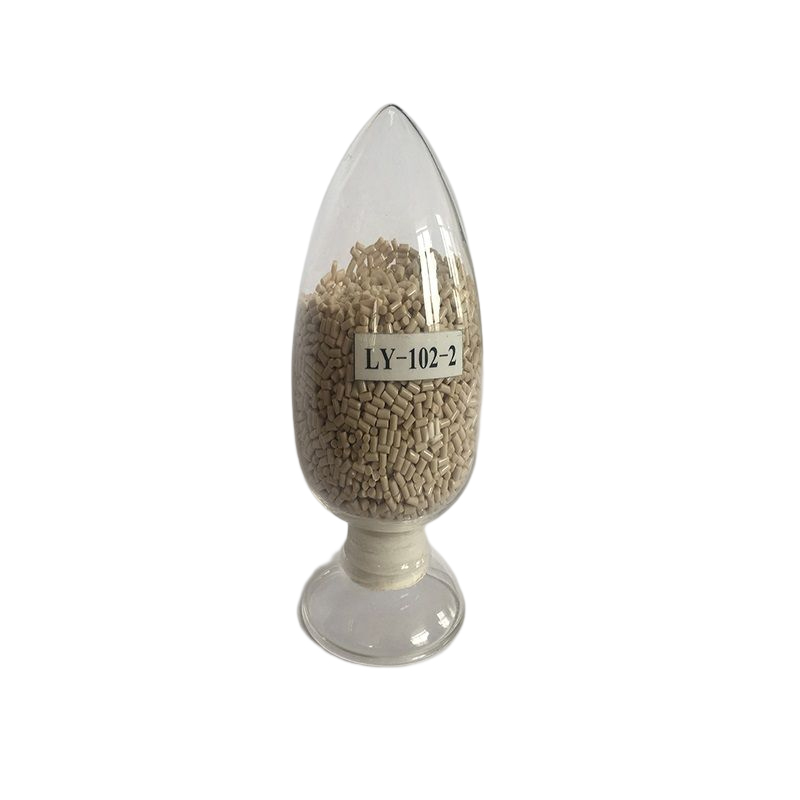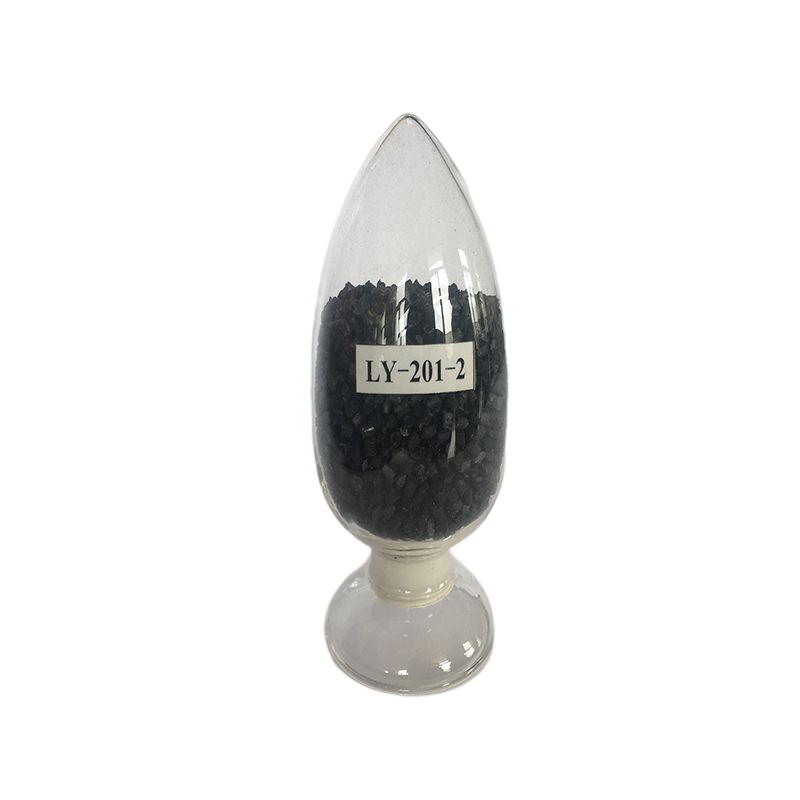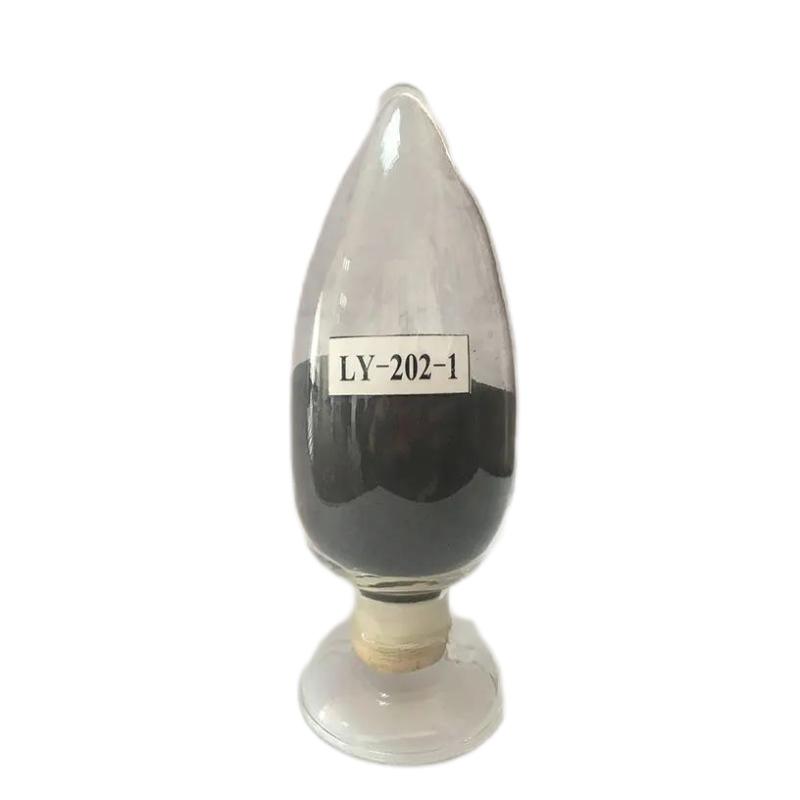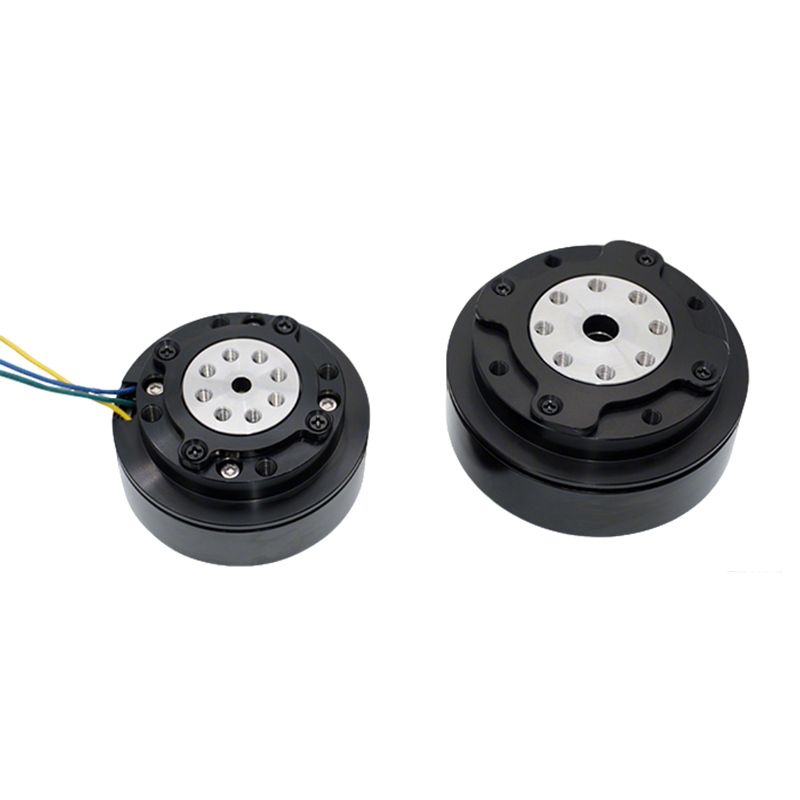PEEK cycloidal reducer
The PEEK cycloidal reducer is a cycloidal pinwheel reduction device with a PEEK composite material as its core transmission component. It combines the high load-bearing capacity of cycloidal transmission with the lightweight characteristics of PEEK material. The following details are provided in terms of structural principle, material advantages, performance parameters, and application scenarios: 1. Structural Principle PEEK cycloidal reducer adopts a single-stage cycloidal pinwheel transmission structure: consisting of an eccentric input shaft, two PEEK cycloidal wheels with a phase difference of 180°, a steel pin gear housing, and an output mechanism. When the input shaft rotates, the eccentric sleeve drives the cycloidal wheel to perform planetary motion. The cycloidal wheel tooth profile meshes with the pin teeth on the pin gear housing, transmitting motion and power through the output shaft. The core innovation lies in the use of 40% carbon fiber reinforced PEEK injection molding for the cycloidal wheel and the PEEK-metal composite structure for the pin gear pin, achieving lightweight and self-lubrication of the transmission components. 2. Material Advantages Lightweight Design: The density of the PEEK cycloidal reducer is only 1.45g/cm³, reducing the weight by 50%-60% compared to steel cycloidal wheels, and reducing the overall weight by more than 35%, especially suitable for robot joints with sensitive load requirements; Toughness: The surface hardness of PEEK material reaches Rockwell hardness R120, combined with carbon fiber reinforcement, the tooth surface wear rate is only 1/5 of that of steel. It can still maintain long-term operation without lubrication under high-temperature conditions; Temperature Adaptability: PEEK cycloidal reducer can work stably within a wide temperature range of -50℃ to 200℃, with a heat deformation temperature of up to 343℃, meeting the requirements of high-temperature industrial environments.


